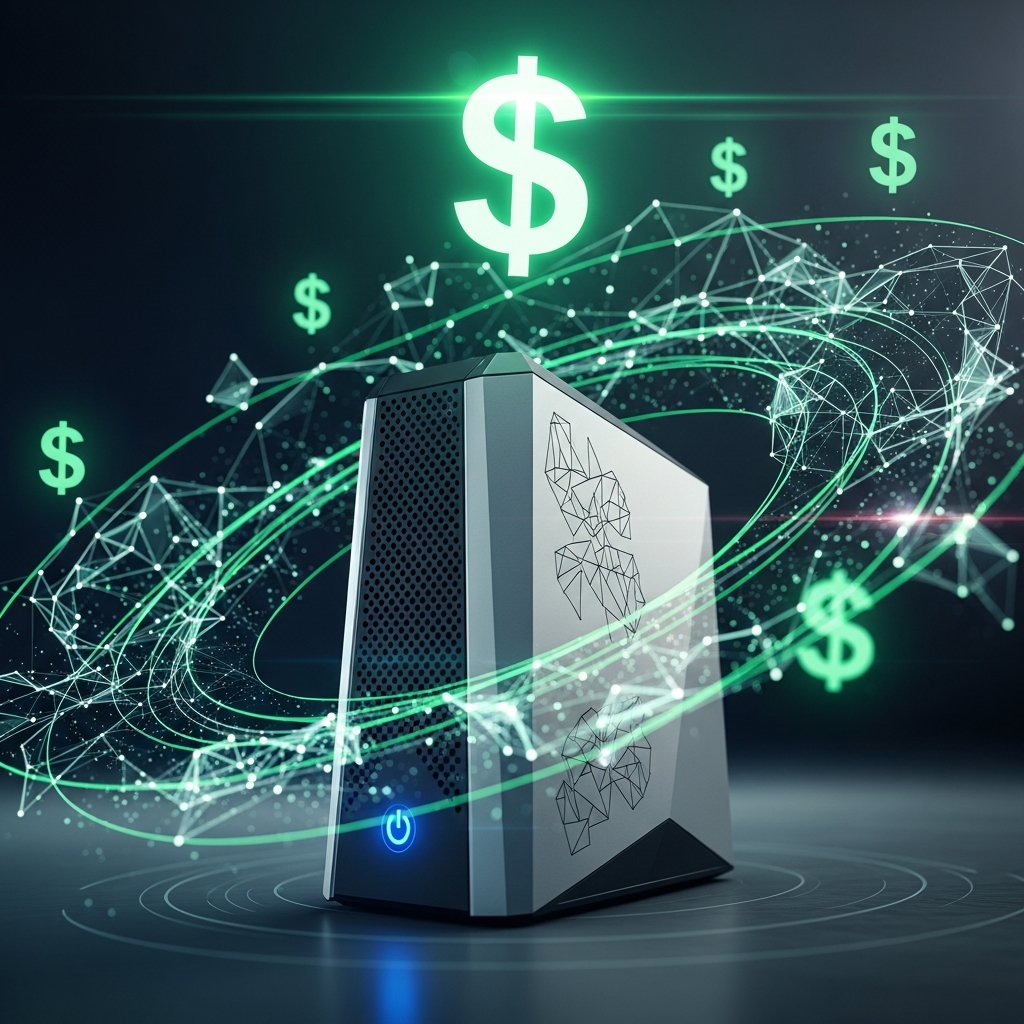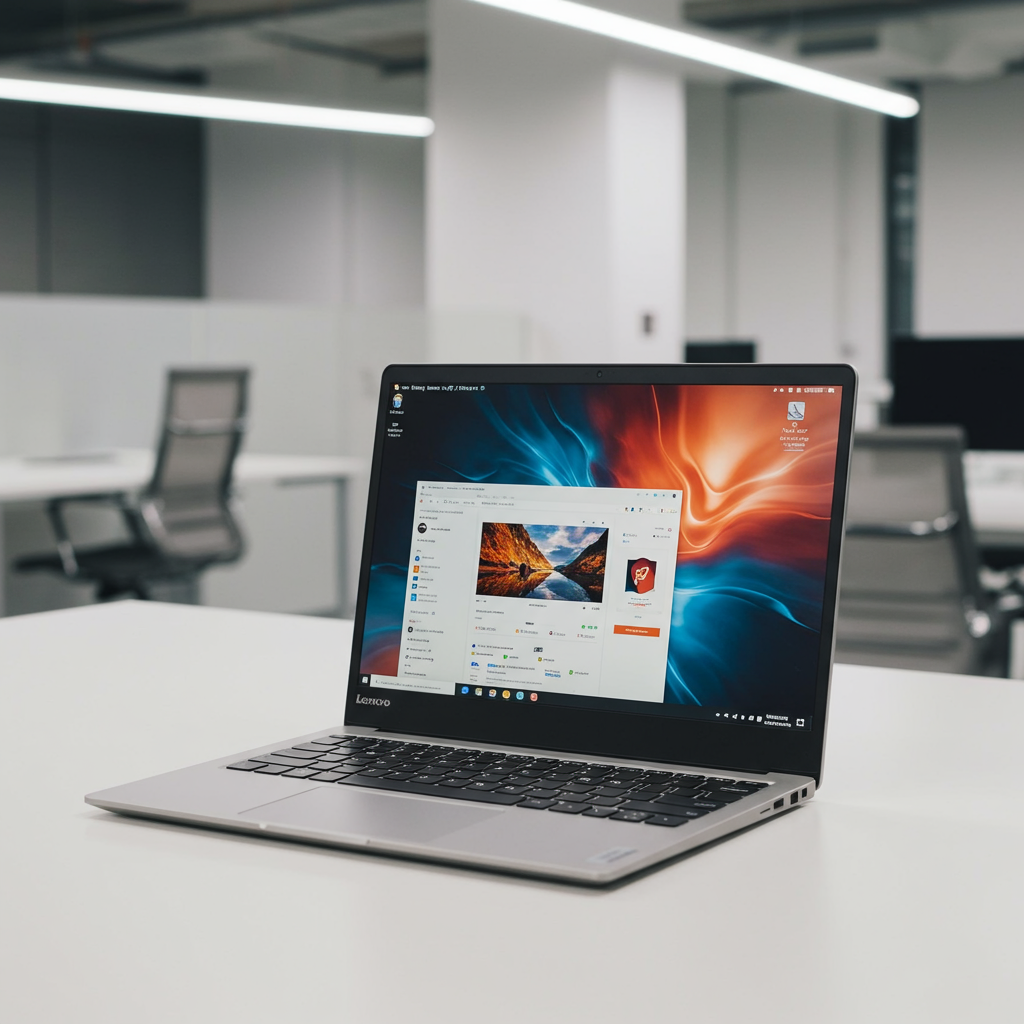Valve’s new Steam Machine has sparked immense excitement in the gaming community, promising a powerful living room PC experience in a compact form factor. While its impressive specifications and 4K/60fps targets are known, the biggest question still looms: how much will it cost? Understanding the potential Steam Machine price involves delving into Valve’s unique hardware philosophy, comparing it to existing gaming PCs, and analyzing diverse industry predictions. This ultimate guide breaks down every factor influencing its anticipated cost, revealing the strategic decisions Valve might make to carve out its niche in the competitive gaming hardware market.
Valve’s Vision: Affordability Meets Innovation
Valve has consistently emphasized its commitment to affordability, a strategy famously demonstrated with the Steam Deck. Hardware Engineer Yazan Aldehayyat noted Valve’s goal to make the Steam Machine “approachable” and “affordable,” drawing parallels to the Steam Deck’s “painful” but “critical” $400 price point. This suggests Valve is willing to absorb costs or accept lower margins to drive adoption and expand its SteamOS ecosystem. The company reportedly considers current economic factors like inflation and tariffs in every hardware decision.
This approach aligns with console manufacturers like Sony and Microsoft, who often sell hardware at a loss, recouping profits through game sales and platform fees. For Valve, with its massive Steam storefront, this model could be a game-changer, turning the Steam Machine into a gateway for lucrative software revenue.
Under the Hood: Steam Machine’s Core Specifications
The Steam Machine is a compact powerhouse, significantly more potent than the Steam Deck. Its detailed specifications include:
CPU: A semi-custom AMD Zen 4 6-core / 12-thread processor.
GPU: A semi-custom AMD RDNA 3 GPU featuring 28 Compute Units (CUs), capable of a sustained clock speed of 2.45GHz.
TDP: A maximum sustained Thermal Design Power (TDP) of 110W for the GPU, notably higher than typical mobile chips.
Memory: 16GB of DDR5 RAM.
VRAM: 8GB of GDDR6 for graphics.
Storage: Available with 512GB or 2TB Solid State Drive (SSD) options.
Connectivity: Features two front USB-A ports, two rear USB-A ports, and one rear USB-C port.
Valve projects the Steam Machine will deliver visuals and performance capable of reaching 4K resolution at 60 frames per second. This puts its performance in the ballpark of current-generation consoles like the PlayStation 5 or Xbox Series X, which were released several years ago.
The “Equivalent PC” Challenge: Benchmarking the Cost
Determining the Steam Machine’s price is complicated by its unique form factor and custom hardware. It’s essentially an overclocked laptop chip in a mini-PC chassis.
Desktop vs. Laptop Comparisons
An equivalent desktop PC build, using a Ryzen 5 7600X CPU and a Radeon RX 7600X GPU, might cost around $913. However, this comparison is flawed. The desktop RX 7600 has 32 CUs and a 165W TDP, making it more powerful than the Steam Machine’s 28 CU GPU. A closer match is the mobile Radeon RX 7600M, which shares the 28 CUs but typically operates at a lower 90W TDP. The Steam Machine’s higher TDP pushes its mobile-class GPU closer to desktop performance levels.
Looking at gaming laptops, which feature similar mobile-class hardware, offers a more realistic comparison. A laptop with a 6-core processor, 16GB of RAM, and an Nvidia GeForce RTX 4060 (like the MSI Thin B13VF) can be found for approximately $780. This price often includes a built-in display, making the Steam Machine’s potential price relative to raw component costs even more intriguing.
The “NUC Problem”: Expensive Mini PCs
Mini PCs and NUCs (Next Unit of Computing) represent another category that shares a compact form factor with the Steam Machine. However, these devices often come with steep price tags. For instance, the Asus ROG NUC, with specifications akin to the Steam Machine (Intel Core Ultra 7, mobile RTX 4060, 16GB RAM), started at $1,629. Even the GMKTec Evo-X2, a lesser-known mini PC, costs $1,499. These high prices are often due to the engineering challenges of miniaturization and their target market of professionals needing powerful, tiny workstations. Valve is unlikely to target such high price points, as it would alienate its core gaming audience.
Expert Predictions: A Wide Range of Potential Pricing
Industry analysts and experts have offered a broad spectrum of predictions for the Steam Machine’s price, reflecting the varying interpretations of Valve’s strategic goals.
The Aggressive Console-Competitive Range ($400-$600)
Many experts believe Valve will lean heavily into aggressive pricing, much like the Steam Deck. This school of thought suggests:
Undercutting Consoles: Rhys Elliott of Alinea Analytics sees a “sweet spot” of $400 for an entry-level model, positioning it to directly challenge consoles like the PS5 Digital ($499) and Xbox Series X Digital ($599).
Strategic Loss/Low Margin: PC Gamer contributors like Jeremy Laird anticipate Valve leveraging “binned-off” older GPUs to price the 512GB version under $499. Jacob Fox predicts a $400-$550 ballpark, arguing Valve might accept an initial loss to secure market share, echoing the Steam Deck’s launch.
Optimized for Value: Jacob Ridley suggests $529 for the 512GB model and $649 for the 2TB version, citing cost-saving measures like SteamOS (no Windows licensing), a unitary internal design, and sparse ports. Dave James similarly estimates $549 for 512GB and $649 for 2TB, suggesting a psychological $499 sticker price for the base model.
This range emphasizes Valve’s commitment to ecosystem growth over immediate hardware profit, using the Steam Machine as a vehicle for game sales.
The Moderate PC-Lite Range ($600-$900)
Other analysts offer a slightly higher, yet still competitive, price spectrum:
Balanced Pricing: Jess Kinghorn of PC Gamer estimates around $600. Joost Van Dreunen of Superdata believes the base model could be $550, reaching $750 for the 2TB version, indicating Valve might absorb a “modest” loss.
Between Console and PC: David Cole of DFC Intelligence foresees a starting price around $800, scaling up to $1,000 for a 2TB model, positioned “below a gaming PC but slightly above a high-end console.”
IGN’s Initial Prediction: The original author’s revised estimate falls here, predicting $700-$800, possibly $600 with aggressive pricing, but unlikely below $500.
This range reflects a balance between component costs and Valve’s desire for affordability, acknowledging the Steam Machine’s superior performance compared to entry-level consoles.
The High-End PC-Priced Range (Over $1,000)
A contrasting viewpoint, notably from Linus Tech Tips (LTT) previews, suggests a higher price:
“Priced Like a PC”: LTT reported Valve indicated the Steam Machine would be “priced like a PC,” not a console benefiting from game sales subsidies. This implies a starting price potentially exceeding $1,000, especially compared to PS5 Pro ($749) and Xbox Series X ($649).
Rivaling High-End Builds: Michael Futter of F-Squared estimates $800-$900 for the 512GB model and $1,000-$1,100 for the 2TB edition, believing its performance could rival a PS5 Pro, justifying a “hefty price tag.”
Community Concerns: This higher price point has generated negative community reactions, with many users questioning its market appeal if it costs as much as a custom gaming PC.
This more premium pricing strategy would target a specific niche: users seeking PC-level performance and versatility in a streamlined, compact form factor, but perhaps not interested in building a full-fledged gaming rig. It would be a departure from Valve’s known pricing tactics, suggesting evolving market conditions or a shift in target demographic.
Valve’s Secret Weapon: The Steam Ecosystem
Valve’s true advantage in hardware pricing lies in its ownership of the dominant PC gaming platform, Steam. The Steam Machine, running SteamOS, funnels users directly into the Steam ecosystem, guaranteeing future game sales. This strategic leverage allows Valve to:
Subsidize Hardware Costs: By taking a percentage (historically 30%) from every game sold on Steam, Valve can afford to sell the hardware at a lower margin, or even at a loss.
Expand SteamOS: The Steam Machine aims to broaden the reach of SteamOS, Valve’s Linux-based operating system, solidifying its position as a viable alternative to Windows for gaming.
- Counter Competition: An attractively priced Steam Machine could serve as a powerful bulwark against Microsoft’s growing “Play Anywhere” initiative and the Xbox ecosystem, keeping PC gamers firmly within Valve’s domain.
- www.pcgamer.com
- www.ign.com
- mashable.com
- www.vice.com
- www.gamespot.com
This console-like business model, where the platform is paramount, is a critical factor influencing the final Steam Machine price. The ability for users to wipe SteamOS and install Windows, however, might slightly impact Valve’s long-term subsidy calculations.
Frequently Asked Questions
What are the core specifications of the new Steam Machine?
The new Steam Machine boasts impressive specs for its size, including a semi-custom AMD Zen 4 6-core/12-thread CPU and a semi-custom AMD RDNA 3 GPU with 28 Compute Units. It’s equipped with 16GB of DDR5 RAM and 8GB of GDDR6 VRAM. Storage options will be 512GB or 2TB SSDs, and it targets 4K resolution at 60 frames per second. These components are notably more powerful than those found in the Steam Deck.
Why might Valve sell the Steam Machine at a lower price than its components suggest?
Valve has a strong incentive to price the Steam Machine competitively, potentially even at a low margin or initial loss, mirroring its strategy with the Steam Deck. Its “secret weapon” is the Steam ecosystem: by selling hardware cheaply, Valve draws users into its platform, where it earns a significant cut (historically 30%) from every game purchased. This strategic subsidization allows Valve to prioritize market adoption and expand its SteamOS footprint over immediate hardware profit.
When is the Steam Machine expected to be released and when can pre-orders begin?
Valve has indicated that the Steam Machine is slated for a Spring 2026 release. While specific preorder dates have not been announced, it’s anticipated that pre-orders will open sometime before the official launch. This timeline gives Valve flexibility to finalize pricing and production, considering fluctuating market conditions and component costs.
Final Thoughts on the Steam Machine Price
Ultimately, the exact Steam Machine price remains Valve’s closely guarded secret until an official announcement. However, based on extensive analysis of its hardware, Valve’s strategic goals, and expert predictions, a realistic price range appears to be between $600 and $800. A more aggressive stance could see the 512GB model drop closer to $500-$600, especially if Valve aims to truly undercut traditional consoles and maximize ecosystem growth. Conversely, if Valve chooses a “PC-like” pricing model without significant hardware subsidization, it could exceed $1,000, targeting a different, more niche market.
While many gamers hope for a sub-$500 device, the hardware specifications suggest this would be challenging, even for Valve. The Steam Machine’s success will hinge not just on its powerful performance, but critically, on Valve’s ability to strike a compelling balance between component cost, strategic ecosystem growth, and consumer affordability. This living room gaming PC could redefine console expectations, but its price will be the ultimate determinant of its widespread impact.




